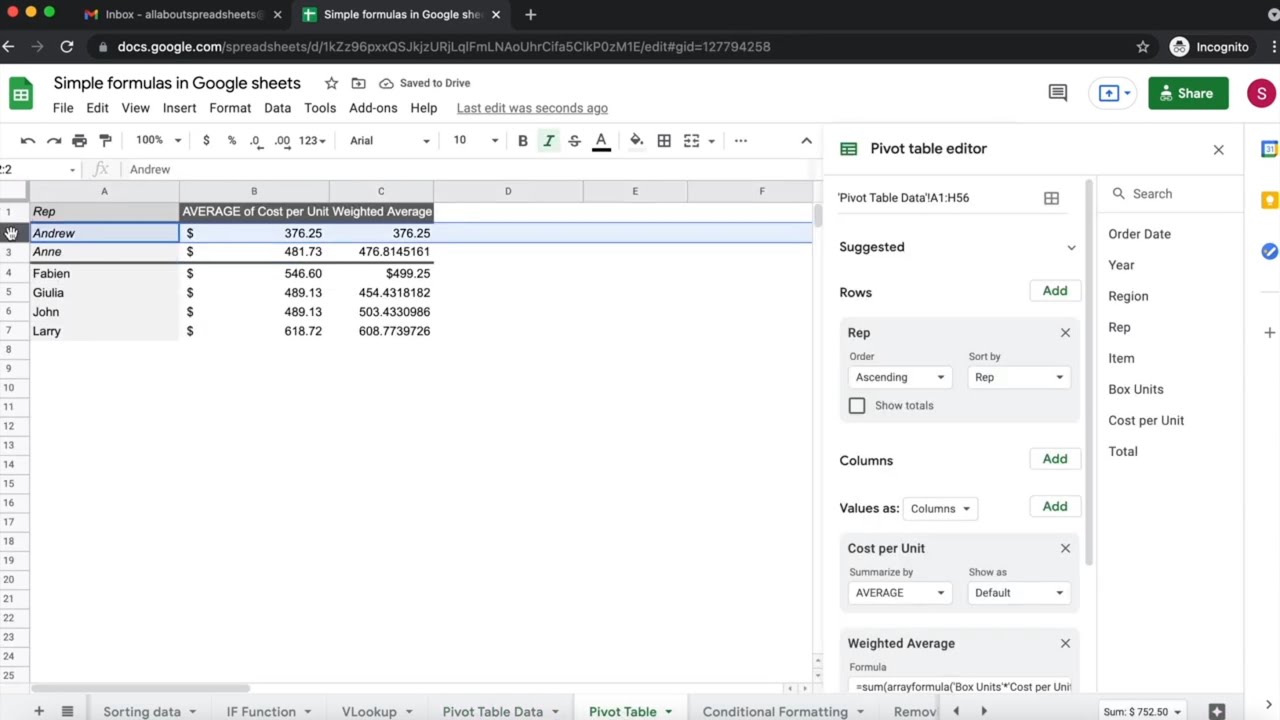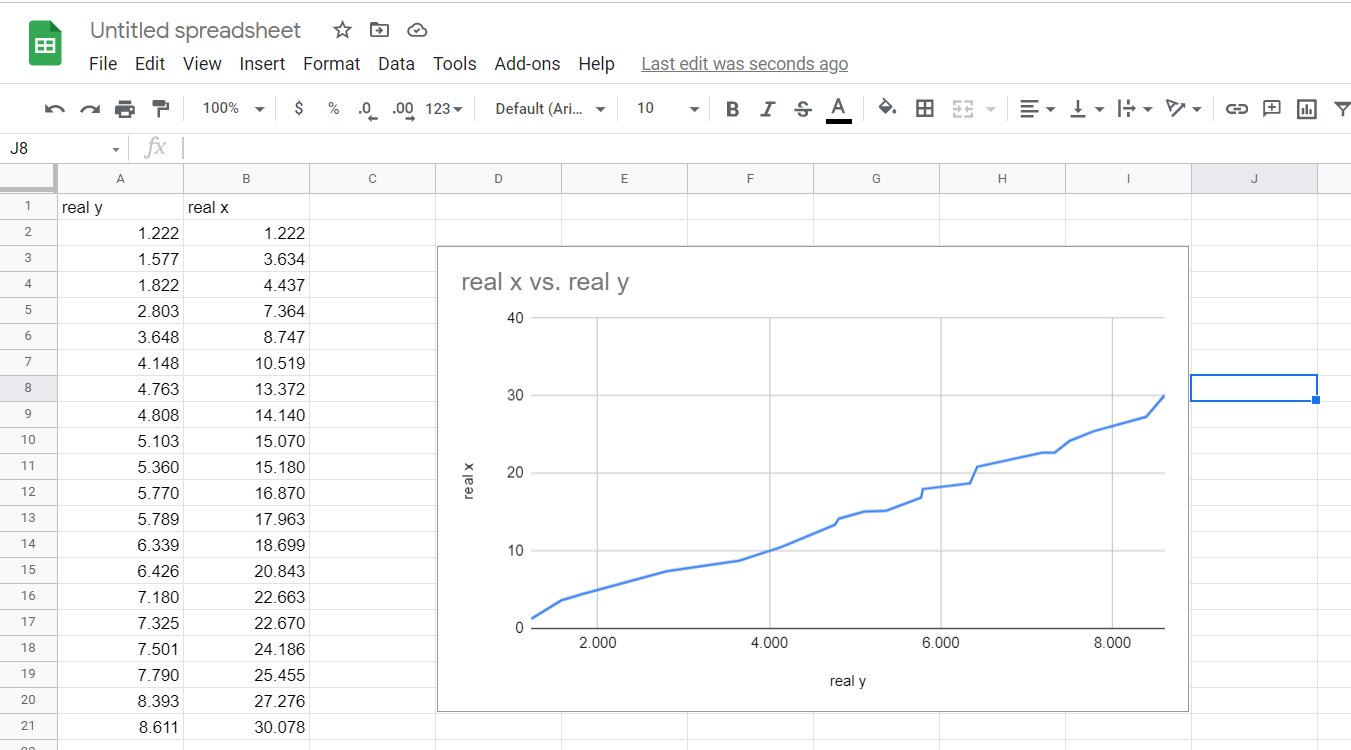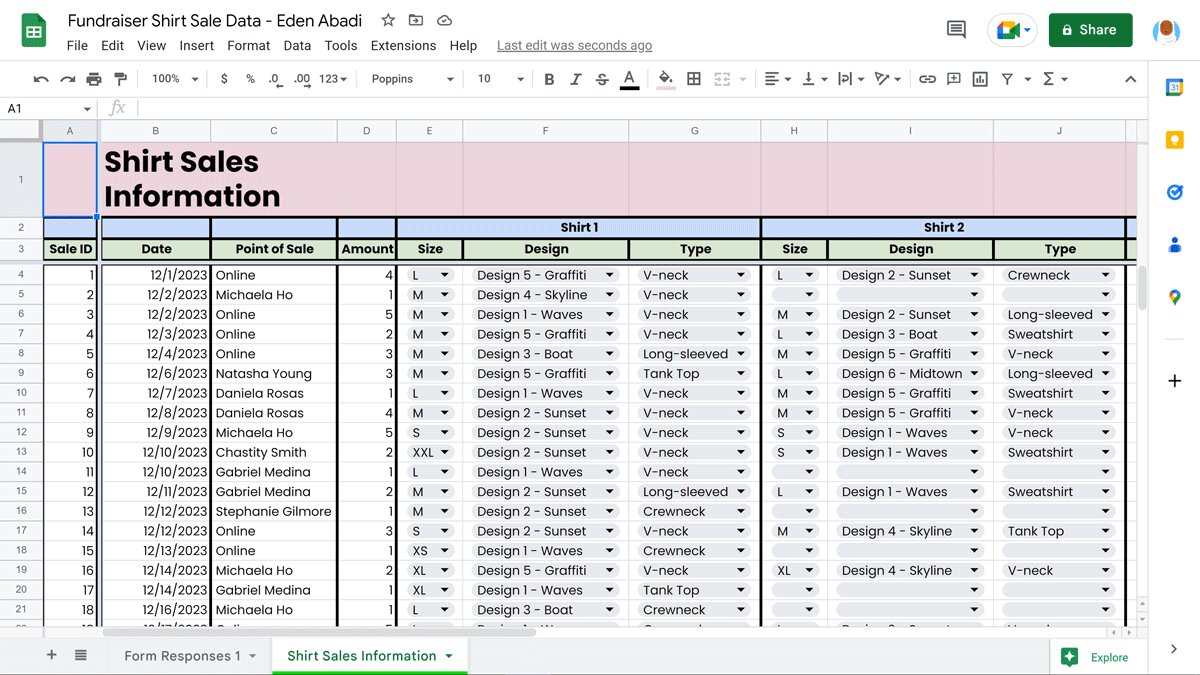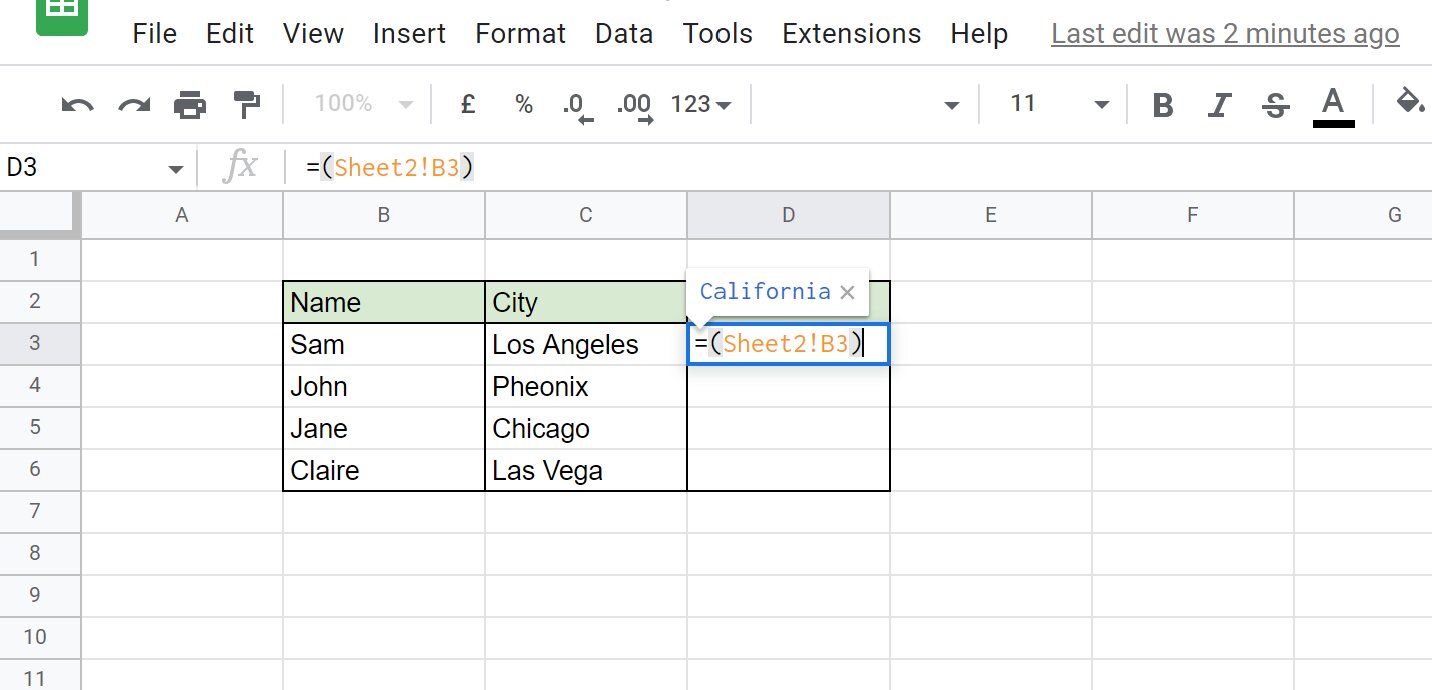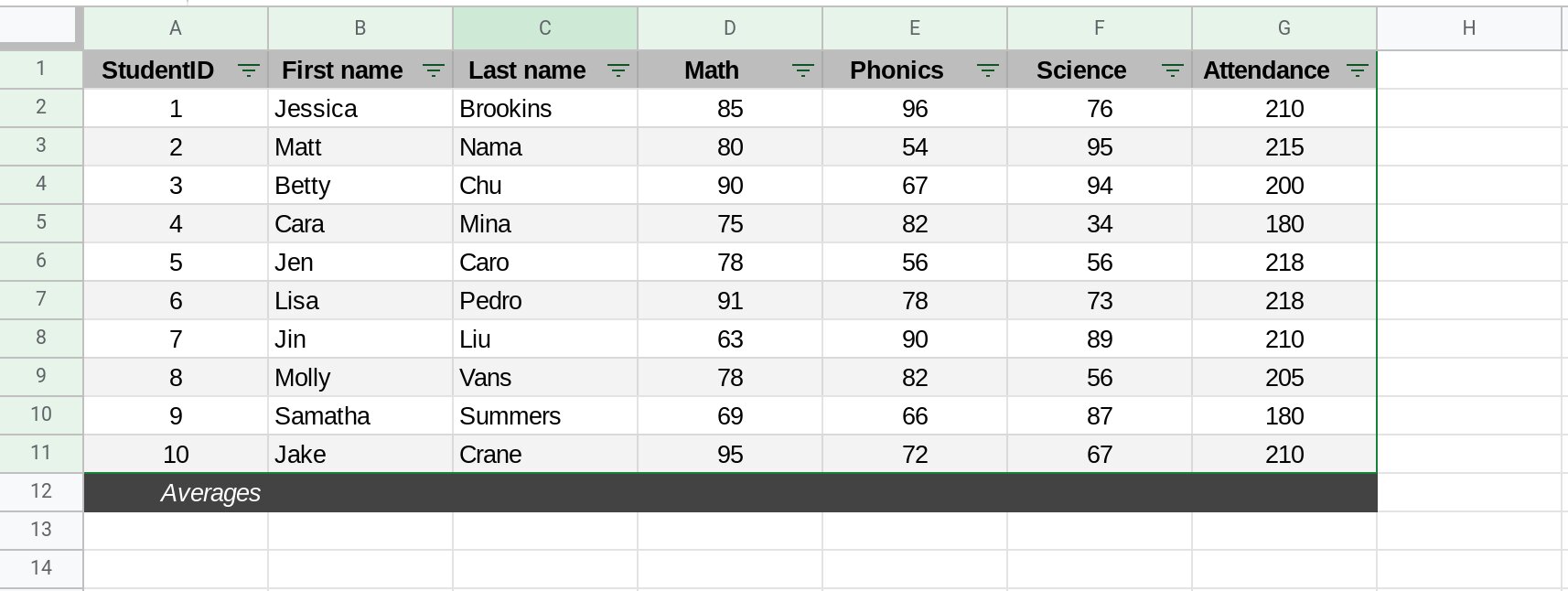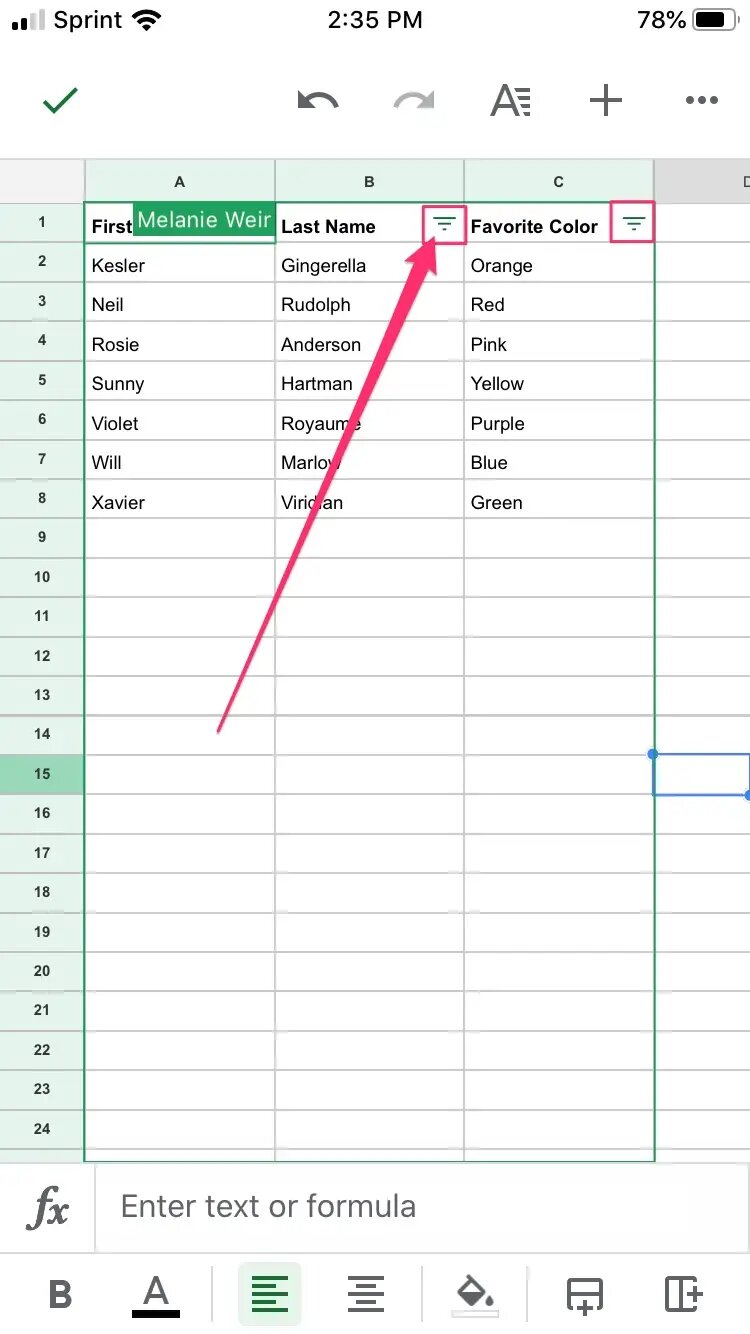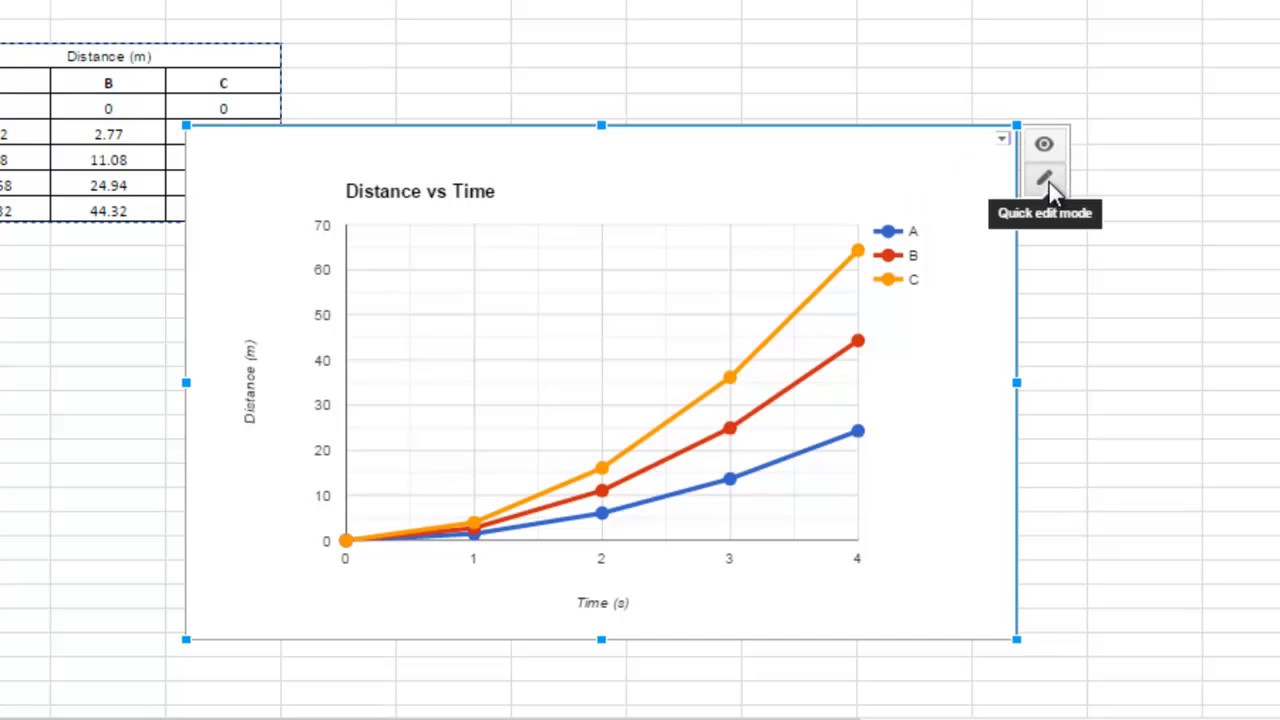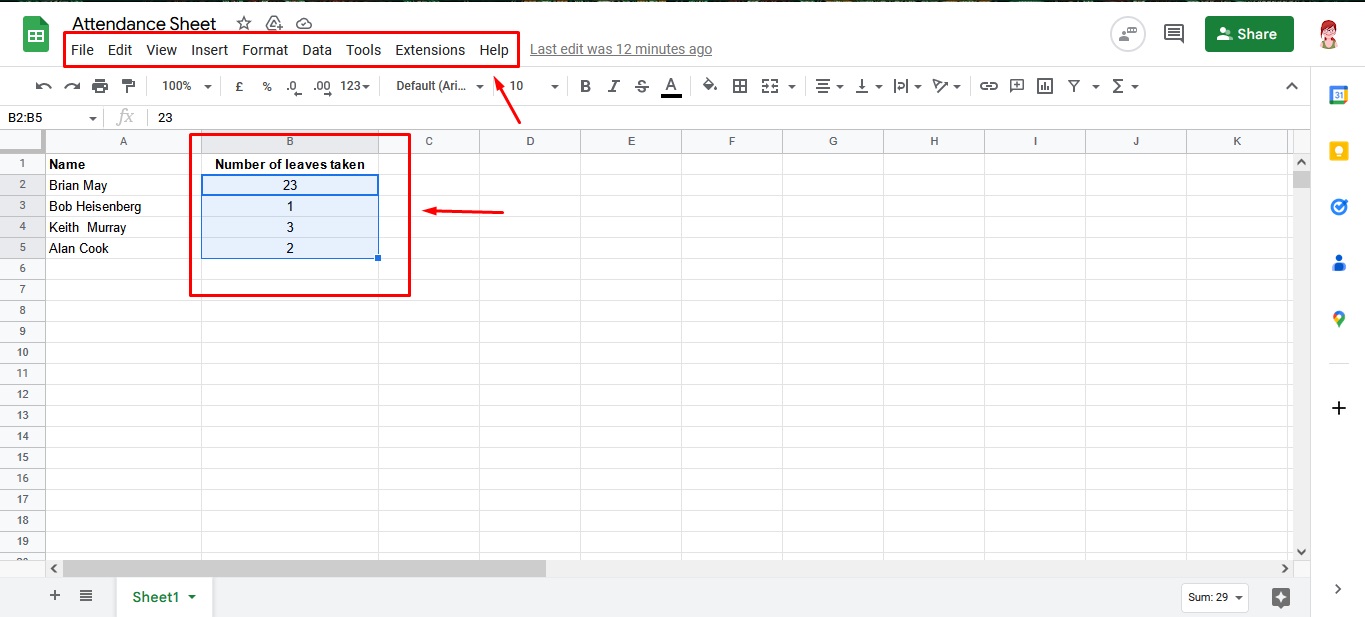Introduction
Welcome to this guide on how to refresh a pivot table in Google Sheets. If you work with data regularly, you’re likely familiar with pivot tables and their ability to summarize and analyze large amounts of information. Pivot tables are a powerful tool that allow you to transform and manipulate your data to gain valuable insights.
However, as you update or add new data to your spreadsheet, it’s important to ensure that your pivot table reflects those changes. This is where the process of refreshing the pivot table comes into play.
Refreshing a pivot table means updating it with the latest data from your spreadsheet. By doing so, you can trust that the information and calculations in your pivot table are accurate and up to date.
In this guide, we will explore different methods to refresh your pivot table in Google Sheets, including both manual and automated options. We’ll also cover how to edit pivot table settings and troubleshoot common issues that may arise during the refreshing process.
Whether you’re a beginner or an experienced user of Google Sheets, this guide will provide you with the necessary insights and step-by-step instructions to keep your pivot tables current and accurate.
So, let’s dive in and learn how to refresh a pivot table in Google Sheets!
What is a Pivot Table?
A pivot table is a powerful data analysis tool that can quickly summarize and organize large sets of data. It allows you to extract key insights and trends from your data by rearranging, filtering, and aggregating information in a flexible and dynamic way.
When working with a large dataset, it can be difficult to analyze the data in its raw form. This is where a pivot table comes in handy. It enables you to create a new table that consolidates and presents the data in a more meaningful and structured manner.
In a pivot table, you can choose which data fields to display as rows, columns, and values. You can also apply filters to narrow down the data visualized in the pivot table. This level of customization allows you to focus on specific aspects of your data and identify patterns, trends, and relationships that might otherwise be hidden.
The strength of a pivot table lies in its ability to summarize data using various operations such as sum, count, average, minimum, maximum, and more. These operations can be applied to different values and fields, allowing you to calculate and compare different metrics within your data.
Pivot tables are particularly useful when dealing with large datasets that contain multiple variables and dimensions. They provide a visual representation of your data that is easy to understand and interpret, making it an invaluable tool for data analysis and decision-making.
Now that we have a basic understanding of what a pivot table is, let’s explore why it’s important to refresh our pivot tables regularly.
Why Refresh a Pivot Table?
Refreshing a pivot table is essential to ensure that the data and calculations within the table are accurate and reflect the most up-to-date information in your spreadsheet. Here are a few reasons why it’s important to refresh your pivot table regularly:
1. Incorporate New Data: As you update or add new data to your spreadsheet, the pivot table needs to be refreshed to include the latest information. Without refreshing, your pivot table will not accurately reflect any changes or additions made to the underlying data.
2. Reflect Updated Calculations: If you have made any changes to the calculations or formulas in your spreadsheet, refreshing the pivot table will ensure that these modifications are taken into account. This is especially important if you have modified any calculated fields or custom formulas within the pivot table.
3. Track Changing Trends: By refreshing your pivot table, you can keep track of changing trends and patterns in your data. It allows you to analyze your data in real-time and gain valuable insights into the latest developments. Regularly updating your pivot table will provide you with the most accurate and relevant information for data analysis and decision-making.
4. Maintain Consistency: In collaborative environments or when sharing spreadsheets with others, it’s crucial to ensure that everyone is viewing the same version of the data. Refreshing pivot tables ensures that all users have access to the most recent and consistent data, eliminating any confusion or discrepancies that may arise from outdated information.
5. Automate Data Updates: If you have set up automated data feeds or linked your pivot table to external data sources, refreshing the pivot table will fetch the updated data. This enables you to automate the process of keeping your pivot table current without manual intervention.
By regularly refreshing your pivot table, you can trust that the information and insights derived from it are accurate and reliable. Now that we understand the importance of refreshing, let’s explore the various methods to refresh a pivot table in Google Sheets.
How to Refresh a Pivot Table in Google Sheets
Refreshing a pivot table in Google Sheets is a simple process that can be done in a few different ways. In this section, we’ll explore the various methods you can use to refresh your pivot table.
Method 1: Manual Refresh
The most straightforward way to refresh a pivot table is to manually initiate the refresh process. To do this:
- Click on any cell within the pivot table.
- In the menu bar, go to “Data” and select “Refresh” from the drop-down menu.
- Google Sheets will update the pivot table, incorporating any changes to the underlying data or calculations.
Method 2: Automated Refresh
If you want to automate the refresh process, you can set up your pivot table to update automatically when new data is added to your spreadsheet. Here’s how:
- Right-click on the pivot table and select “Pivot table editor” from the context menu.
- In the sidebar that opens on the right, click on the “More options” icon (three vertical dots).
- Under the “Refresh” section, select the frequency at which you want the pivot table to refresh (e.g., every hour, every day).
- Click “Save” to apply the changes.
Method 3: Edit Pivot Table Settings
Another way to refresh a pivot table is by modifying its settings. This method allows you to customize how the table behaves and update it in the process. Follow these steps:
- Right-click on any cell within the pivot table and select “Pivot table editor” from the context menu.
- In the sidebar, you can adjust various settings such as the rows, columns, and values displayed in the pivot table.
- Make any necessary changes to the settings to reflect the updated data or calculations.
- Click “Update” to apply the changes, and the pivot table will refresh accordingly.
Now that you are familiar with the different methods to refresh a pivot table in Google Sheets, it’s important to be aware of common issues that may arise during the process. Let’s explore some troubleshooting strategies in the next section.
Method 1: Manual Refresh
The first method to refresh a pivot table in Google Sheets is the manual refresh option. This method allows you to initiate the refresh process whenever you want, ensuring that your pivot table reflects the most up-to-date data and calculations.
Here’s how you can manually refresh a pivot table in Google Sheets:
- Click on any cell within the pivot table that you want to refresh.
- In the menu bar at the top of the screen, navigate to the “Data” tab.
- From the drop-down menu, select the “Refresh” option.
- Google Sheets will then update the pivot table, incorporating any changes made to the underlying data or calculations.
By following these steps, you can easily refresh your pivot table and ensure that it accurately reflects the most recent data in your spreadsheet.
The manual refresh option is useful when you want to have control over when the refresh occurs, especially if you have made changes to the data and want to immediately see the updated results in your pivot table. Additionally, this method is applicable when you have automated data feeds or external data sources that are not set up for automatic refresh.
It’s important to note that manually refreshing a pivot table can be time-consuming, especially if you have multiple pivot tables in your spreadsheet. In these cases, you may consider using automated refresh options or editing pivot table settings to streamline the process.
Now that you’re familiar with the manual refresh method, let’s explore other methods to refresh a pivot table in Google Sheets.
Method 2: Automated Refresh
If you want to save time and ensure that your pivot table is always up to date, you can take advantage of the automated refresh option in Google Sheets. This method allows you to set up your pivot table to refresh automatically at specific intervals, ensuring that the data is always current and accurate.
Follow these steps to automate the refresh process of your pivot table:
- Right-click on the pivot table in your spreadsheet and select “Pivot table editor” from the context menu.
- In the sidebar that opens on the right side of the screen, click on the “More options” icon (three vertical dots).
- Scroll down and find the “Refresh” section.
- Choose the desired frequency for refreshing the pivot table from the given options, such as “Every hour” or “Every day”.
- Click “Save” to apply the changes.
By setting up the automated refresh option, your pivot table will refresh automatically according to the frequency you have selected. This ensures that the table always reflects the most recent data in your spreadsheet without requiring manual intervention.
Automated refresh is especially beneficial when working with dynamic and rapidly changing data. It is particularly useful if you have linked your pivot table to external data sources or have automated data feeds that regularly update the underlying data.
Keep in mind that depending on the frequency you choose, the automatic refresh process may impact the performance of your Google Sheets document. Consider the size of the data and the processing power of your device when selecting the refresh frequency.
Now that you are familiar with the automated refresh method, let’s explore another method for refreshing pivot tables in Google Sheets.
Method 3: Edit Pivot Table Settings
Another method to refresh a pivot table in Google Sheets is by modifying its settings. This method allows you to update the pivot table by customizing how it behaves and the data it displays. By making changes to the settings, you can ensure that the pivot table reflects the updated data or calculations.
Here’s how you can refresh a pivot table by editing its settings:
- Right-click on any cell within the pivot table that you want to refresh.
- From the context menu, select “Pivot table editor.”
- In the sidebar that appears on the right side of the screen, you will find various settings for customizing the pivot table.
- Make the necessary changes to the settings according to the updates you want to reflect in the pivot table.
- Click “Update” to apply the changes.
By modifying the pivot table settings, you can refresh the pivot table with the updated data and calculations. You have the flexibility to add or remove rows, columns, and values, change the aggregation functions, apply sorting or filtering criteria, and much more. These changes will be applied to the pivot table, updating it to match your desired configuration.
This method is particularly useful when you want to customize the pivot table layout, redefine the data fields used in the table, or adjust the calculations performed within the table. It allows you to tailor the pivot table to your specific requirements while simultaneously refreshing the table with the updated data.
Keep in mind that making changes to the pivot table settings will affect the entire table, not just the data displayed. Therefore, ensure that you carefully review and validate the changes to guarantee the accuracy of the refreshed pivot table.
Now that we have explored the three different methods for refreshing a pivot table in Google Sheets, it’s important to be aware of common issues that may arise during the process. Let’s move on to the next section to learn about troubleshooting strategies.
Troubleshooting Common Issues
While refreshing pivot tables in Google Sheets is generally a smooth process, there may be times when you encounter some common issues. Understanding these issues and knowing how to troubleshoot them can help ensure a seamless refreshing experience. Here are a few common issues and their troubleshooting strategies:
1. Data Not Refreshing: If you notice that your pivot table is not refreshing with the latest data, try the following steps:
- Check if the automatic refresh option is enabled and the frequency is set correctly.
- Manually refresh the pivot table using the “Refresh” option in the “Data” menu.
- Verify that the data source is correctly linked and accessible.
- Ensure that the range of the data source includes the new or updated data.
2. Incorrect Calculations: If your pivot table calculations are inaccurate or not reflecting the expected results, consider the following:
- Review the formulas and calculations used within your spreadsheet to ensure accuracy.
- Check if the data fields used in the pivot table are correctly selected and assigned the appropriate calculation method (sum, average, count, etc.).
- Verify if any filters or sorting options applied to the pivot table are affecting the calculations.
3. Missing Data Fields: If certain data fields are missing from your pivot table, try the following:
- Check if the data range is correctly selected and includes the desired fields.
- Verify that the data source is correctly linked and accessible.
- Ensure that any columns or rows containing relevant data are not hidden.
4. Slow Performance: If your pivot table is taking too long to refresh, consider the following optimizations:
- Reduce the size of the data source by limiting the data range or excluding unnecessary columns and rows.
- Minimize the complexity of calculations and formulas used within the pivot table.
- Avoid using excessive grouping or aggregating of data, which could slow down performance.
By applying these troubleshooting strategies, you can overcome common issues that may arise when refreshing pivot tables in Google Sheets. Always double-check your data, settings, and calculations to ensure accurate and up-to-date results.
Now that you have learned how to troubleshoot common issues, it’s time to wrap up this guide on refreshing pivot tables in Google Sheets.
Conclusion
Congratulations! You have now learned how to refresh a pivot table in Google Sheets effectively. By refreshing your pivot table, you ensure that it reflects the most up-to-date data and calculations, allowing you to make accurate and informed decisions based on your analysis.
We covered three different methods for refreshing a pivot table in Google Sheets: manual refresh, automated refresh, and editing pivot table settings. Each method offers its advantages and can be used depending on your specific needs and preferences.
Remember, the manual refresh option provides you with control over when the update occurs and is ideal for quick updates. Automated refresh allows you to set up regular intervals for refreshing, which is beneficial for dynamic and frequently changing data. Editing pivot table settings helps you customize the pivot table layout and calculations while simultaneously refreshing the data.
In addition to the refresh methods, we discussed common troubleshooting strategies to address issues that may arise during the refresh process. By following these strategies, you can overcome data not refreshing, incorrect calculations, missing data fields, and slow performance.
Regularly refreshing your pivot tables ensures that you are working with the most accurate and up-to-date information in your Google Sheets. Whether you are using pivot tables for data analysis, reporting, or decision-making, keeping them refreshed will enhance the reliability and effectiveness of your analysis.
Now that you have a solid understanding of how to refresh pivot tables, you can confidently manipulate and analyze your data in Google Sheets. Keep practicing and exploring the various features and functionalities available to optimize your data analysis!







